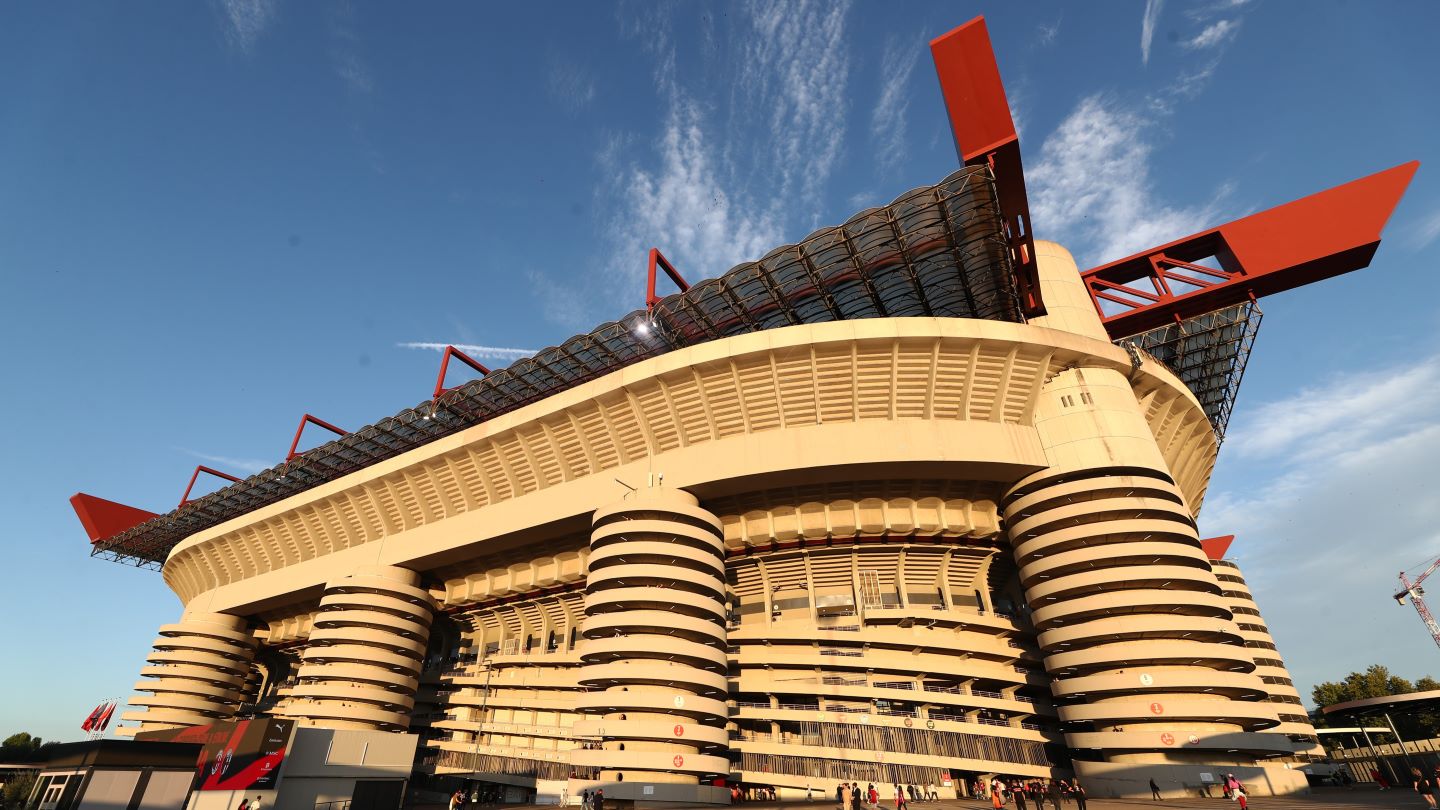
The deal
This week, Italian soccer giants AC Milan and Inter Milan completed the acquisition of the San Siro Great Urban Function, including the iconic stadium and its surrounding area, from the local council.

Discover B2B Marketing That Performs
Combine business intelligence and editorial excellence to reach engaged professionals across 36 leading media platforms.
The sale was concluded after the Milan City Council approved the sale of the San Siro area to the clubs in late September, with 24 votes in favour and 20 against.
The transaction, completed through Stadio San Siro, was supported by financing provided by international banking institutions Goldman Sachs and J.P. Morgan as co-lead arrangers, and by the clubs’ banking partners, Banco BPM and BPER Banca.
The Serie A clubs were advised by law firms PedersoliGattai, Chiomenti, Gibson Dunn, and Proskauer Rose.
In a joint statement, the Milan teams said: “The construction of the new stadium and the urban regeneration project for the San Siro district represents a new chapter for the city of Milan and both clubs.

US Tariffs are shifting - will you react or anticipate?
Don’t let policy changes catch you off guard. Stay proactive with real-time data and expert analysis.
By GlobalData“The strategic milestone reflects the shared ambition of AC Milan and Inter and their respective owners, RedBird and funds managed by Oaktree, for long-term sporting success and value-enhancing investment to support the clubs’ sustainable growth.”
Why it matters
Milan and Inter, who have shared San Siro for decades, can now move forward with their project to demolish most of the existing stadium and construct a new, modern arena on the historic site, ending decades of uncertainty over San Siro’s future.
The clubs have been seeking to build a new stadium for several years, but they often ran into obstacles with the local council.
The San Siro has not had significant renovation work carried out since the 1990 FIFA World Cup, and all attempts by the two clubs to modernize it often collapsed.
In 2021, the two clubs announced plans to share a new 60,000-seater stadium on the existing site called ‘The Cathedral’. However, several protests, appeals, and municipal objections stalled the project.
The teams also looked into the possibility of building separate stadiums, but can now press ahead with plans for a shared venue.
Like many other clubs in Italy, Inter and AC Milan do not own San Siro. Stadiums are seen as a key revenue generator for teams that own their home venues through commercial partnerships, including lucrative stadium naming rights.
Conrad Wiacek, head of analysis and consulting at Sportcal (GlobalData Sport), comments: "The deal to buy the San Siro likely means the end of the iconic venue in its current form, but it likely means a brand new chapter for two of Italy's most recognisable teams. While traditionalists will bemoan the loss of the iconic stadium with its distinct design, the reality is that the stadium was built and designed for another era, which does not reflect the commercial reality in which modern soccer operates.
"To compete financially with other European clubs, both AC and Inter need to have a modern stadium in which to operate, and this deal marks the start of that modernization process for both clubs. Like rivals Juventus, who left the Stadio Delle Alpi to move into a more modern stadium, both Milan clubs will be hoping that a new venue provides the opportunity for new revenue streams. With both teams now owned by private equity firms, the hope will be that the new venue drives an uplist in commercial prosperity."
The details
In September, Milan and Inter hired architectural firms Foster + Partners and Manica to design their new stadium.
The proposed new venue, part of a wider urban regeneration project in the area, will have a capacity of 71,500 seats.
Manica, founded by David Manica, has designed several sports venues, such as Allegiant Stadium in Las Vegas and Chase Center in San Francisco, home to the NFL’s Las Vegas Raiders and the NBA’s Golden State Warriors, respectively.
The firm is also responsible for the design of the new stadium for the Chicago Bears and the Miami Freedom Park, the future home of Major League Soccer club, Inter Miami.
Foster + Partners, founded by Norman Foster, hasn’t been as prominent in sports but was responsible for the masterplan for the Wembley Stadium precinct in London.
Manica and Foster + Partners have had a relationship through their founders for almost 30 years, having collaborated on the design of Wembley Stadium and the Lusail Stadium winning bid for the 2022 World Cup in Qatar.





